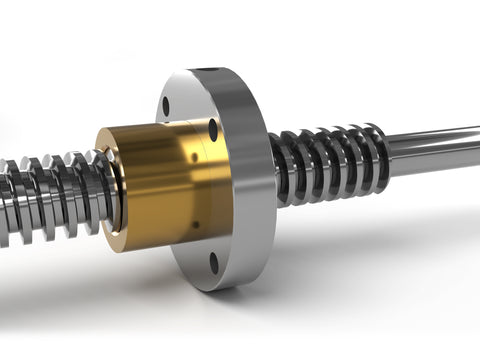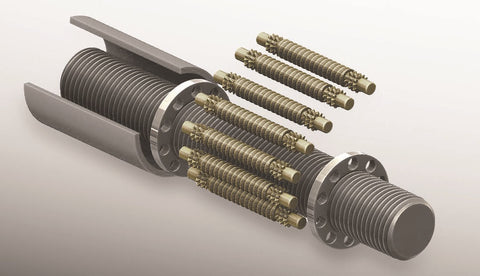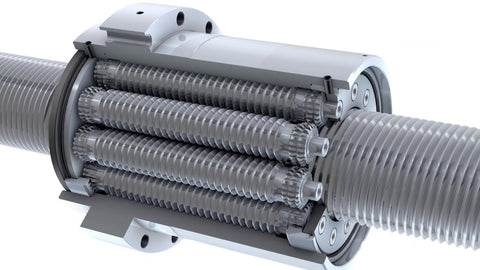Exploring Actuator Leadscrews: Acme, Ball Screws, and Beyond
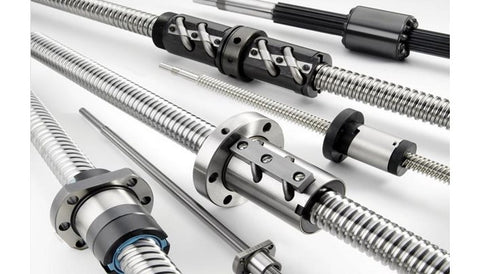
Leadscrews are an indispensable part of a multitude of actuator systems across industries such as manufacturing, robotics, aerospace, and beyond. As an integral component in linear actuators, the type of leadscrew you use can significantly affect the overall performance of your actuator. From precision to reliability, the attributes of different types of leadscrews can serve as game-changers in the engineering realm. Understanding the distinct features and applications of each type is crucial for selecting the most appropriate leadscrew for your actuator design.
In this comprehensive exploration, we will delve into three prominent leadscrew types — Acme, Ball Screws, and Planetary Roller Screws — and elucidate the key differences, unique features, and exemplary applications within the actuator landscape. By the end, you will not only be well-versed in the language of leadscrews but also equipped with the knowledge to optimize actuator performance in your projects.
Acme Leadscrews
The Pioneers of Linear Motion
Acme leadscrews have been dictating linear motion for centuries, thanks to their simplicity and robustness. Utilized in a wide array of actuator systems, the design of an Acme leadscrew features a trapezoidal thread profile, which provides efficiency in translating rotational motion into linear motion. The threads are typically broader with larger leads, allowing for higher torque to be applied without the shaft binding.
Applications in Actuator Systems
The straightforward design and torque capabilities of Acme leadscrews make them well-suited for applications that require linear motion in a controlled manner but can tolerate more significant degrees of friction. This makes them a popular choice in applications such as lift systems, positioners, and press machines, where speed is less critical compared to maintaining a precise position under load.
Advantages and Disadvantages
Acme leadscrews offer benefits such as cost-effectiveness, simplicity, and a high degree of customizability. With fewer components, they are also easier to maintain. However, their relatively lower efficiency due to increased friction and their unsuitability for high-speed applications can be considered drawbacks.
Actuator Case Study: FIRGELLI Electric Linear Actuators
One exemplar actuator that harnesses the power of Acme leadscrews is the FIRGELLI Electric Linear Actuator. By incorporating these leadscrews, FIRGELLI actuators maintain a delicate balance between power and precision, making them perfect for applications ranging from home automation to industrial facilities.
Ball Screws
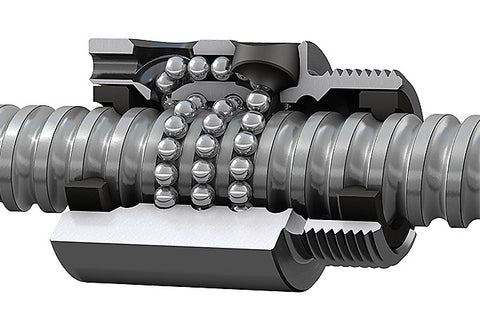
Precision Personified
Ball screws have revolutionized the concept of leadscrew technology by introducing rolling elements, typically steel balls, between the screw and the nut. This ingenious alteration significantly reduces friction, allowing for smoother motion, greater precision, and higher mechanical efficiency compared to Acme leadscrews.
Applications in Actuator Systems
Actuator systems that require high precision and efficiency, such as those found in CNC machines, aircraft, and semiconductor manufacturing equipment, greatly benefit from the ball screw's advanced technology. Their ability to handle high loads, transmit motion with very low internal friction, and operate at high speeds makes them a go-to choice for many high-precision industries.
Advantages and Disadvantages
The utilization of ball bearings leads to a drastic reduction in sliding friction, facilitating a near-maintenance-free operation. Ball screws also offer highly efficient power transmission, making them suitable for energy-sensitive applications. However, their upfront costs and sensitivity to even minor dirt or contamination can pose challenges.
Actuator Case Study: CNC Machine Beds
In the context of CNC machining, the importance of precision and high repeatability cannot be overstated. The ball screw system in CNC machine beds fulfills these criteria by delivering consistent, high-accuracy linear motion, which is critical for the intricate work commonly undertaken in metal fabrication and other precision machining operations.
Planetary Roller Screws
Conquering the Extreme
Planetary roller screws are the elite class of leadscrew technology, designed for extreme conditions where the heaviest loads, highest speeds, and most demanding accuracy are prerequisites. The screw shaft and nut incorporate multiple threaded rollers, resulting in a mechanical advantage that surpasses both Acme and ball screws.
Applications in Actuator Systems
With their capability to thrive under high thrust and shock loads, planetary roller screws find their natural habitat in actuator systems of heavy machinery, such as hydropower turbines, lifts in nuclear power plants, and space launch systems. Their exceptional efficiency and longevity under duress make them ideal for positioning control surfaces in aircraft, specifically fighter jets and commercial airliners.
Advantages and Disadvantages
The robust design of planetary roller screws enables them to handle extreme loads with precision and efficiency. Their capability to operate under high speeds and with low maintenance requirements reinforces their position as a choice for high-performance applications. However, their complexity and the need for stringent manufacturing tolerances can translate to higher costs.
Actuator Case Study: Aircraft Control Systems
The control surface actuator systems in modern aircraft rely on the performance of planetary roller screws. These screws are integral in moving control surfaces, such as ailerons and elevators, with the required speed, force, and minimal backlash, thereby ensuring the safety and operational integrity of the aircraft.
Conclusion
The Proverbial Thread of Success
Selecting the right leadscrew for your actuator system is a pivotal decision with far-reaching implications for performance, reliability, and efficiency. While each type of leadscrew has its unique advantages and ideal applications, they all play a crucial role in enabling linear motion in the modern world.
By understanding the intricacies of leadscrew design and application, you can tailor your actuator systems to meet your specific requirements, whether it's for precision in a semiconductor fabrication plant or to power the hydraulics in a heavy industrial press. Engaging with leading manufacturers and staying updated on the latest advancements in leadscrew technology will ensure that your actuator systems remain at the forefront of your industry.
In the dynamic field of engineering and automation, one constant holds true: the leadscrew may just be a small component, but it spins the big wheels of innovation and progress. Whether it's the Acme for its reliability, ball screws for precision, or the planetary roller screw for robust performance, the thread you choose to bind your actuator's destiny will weave the story of your success. As you embark on your next actuator project, be sure to give due consideration to the humble leadscrew, for it is the silent hero in the linear motion narratives written by engineers across the globe.
